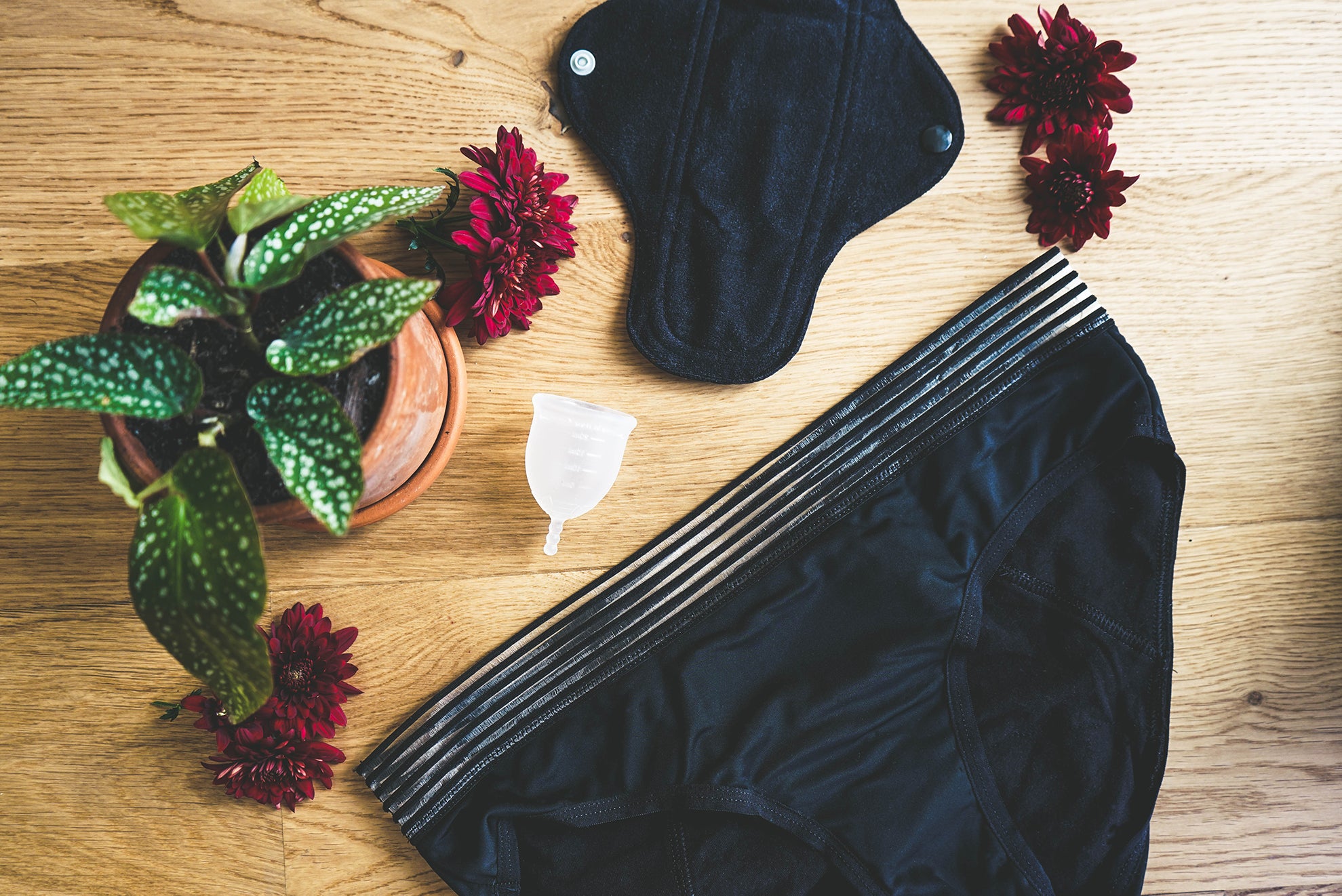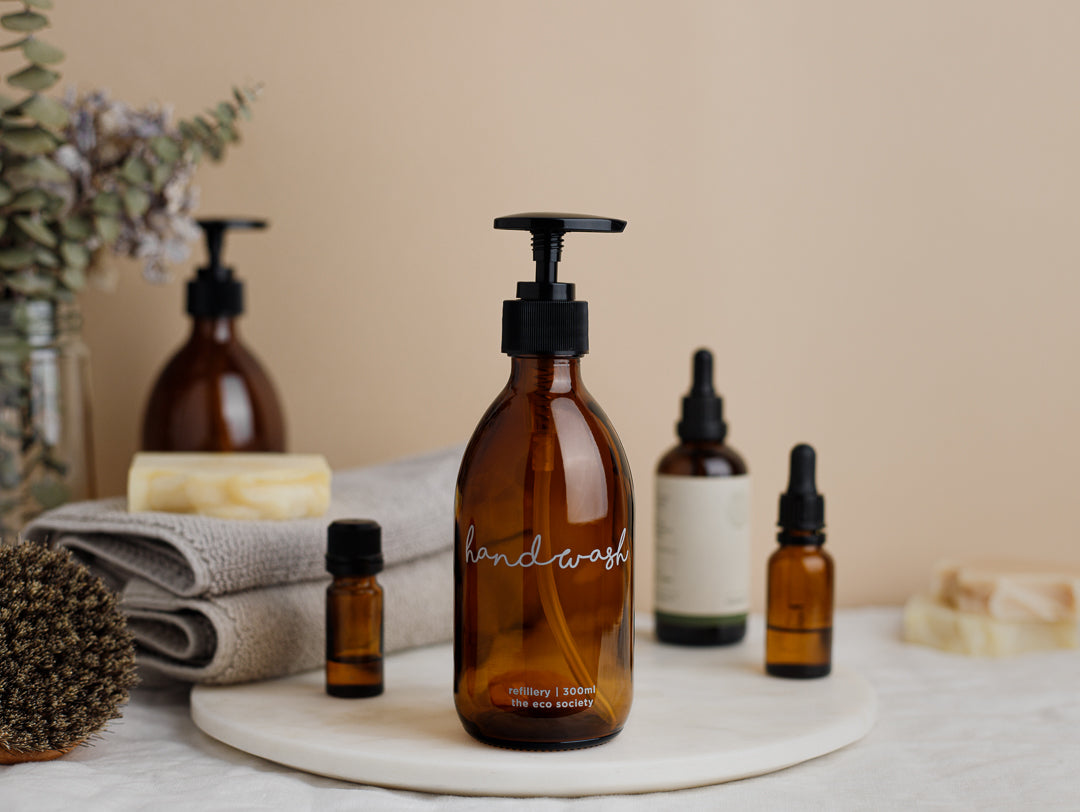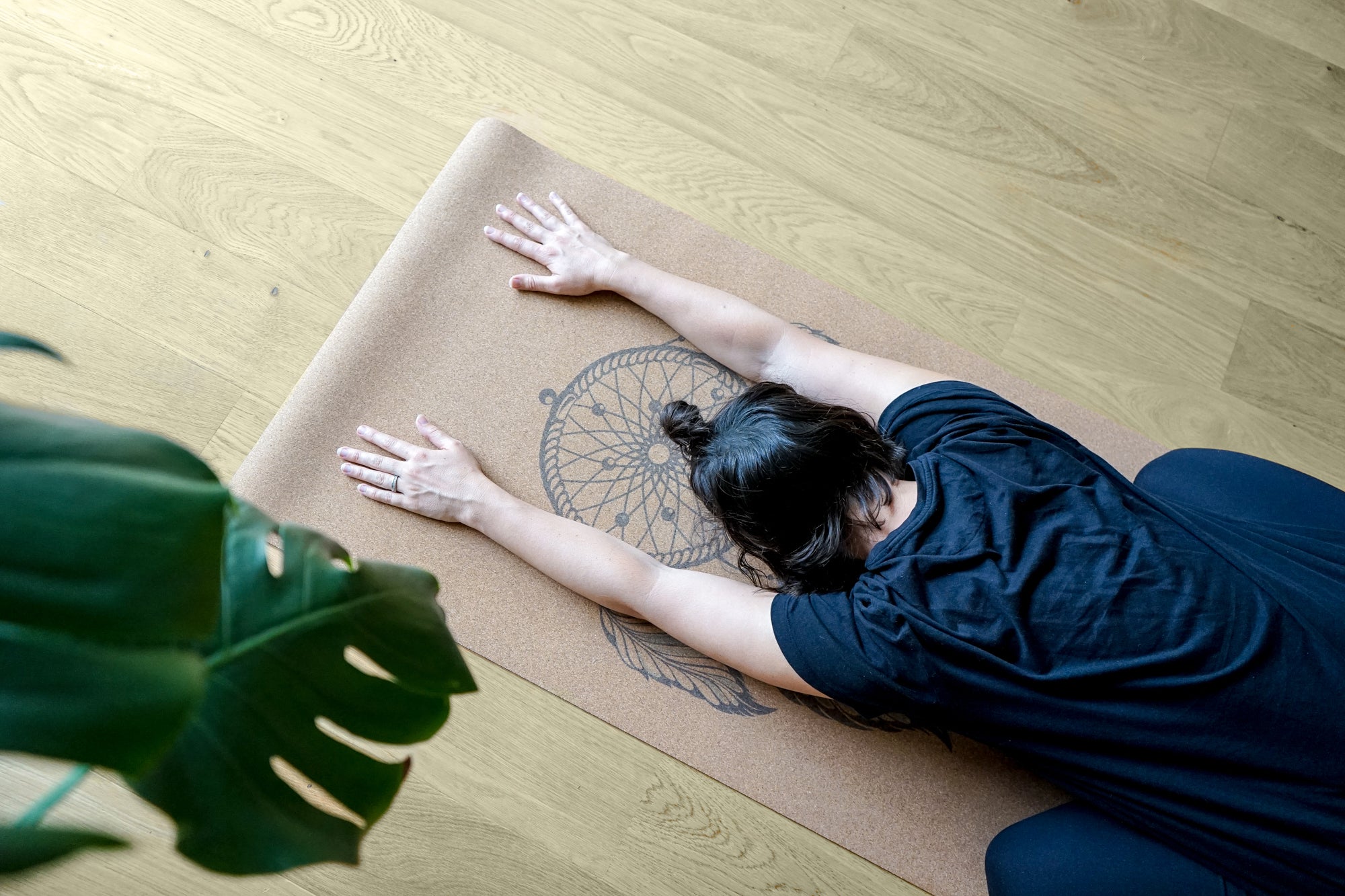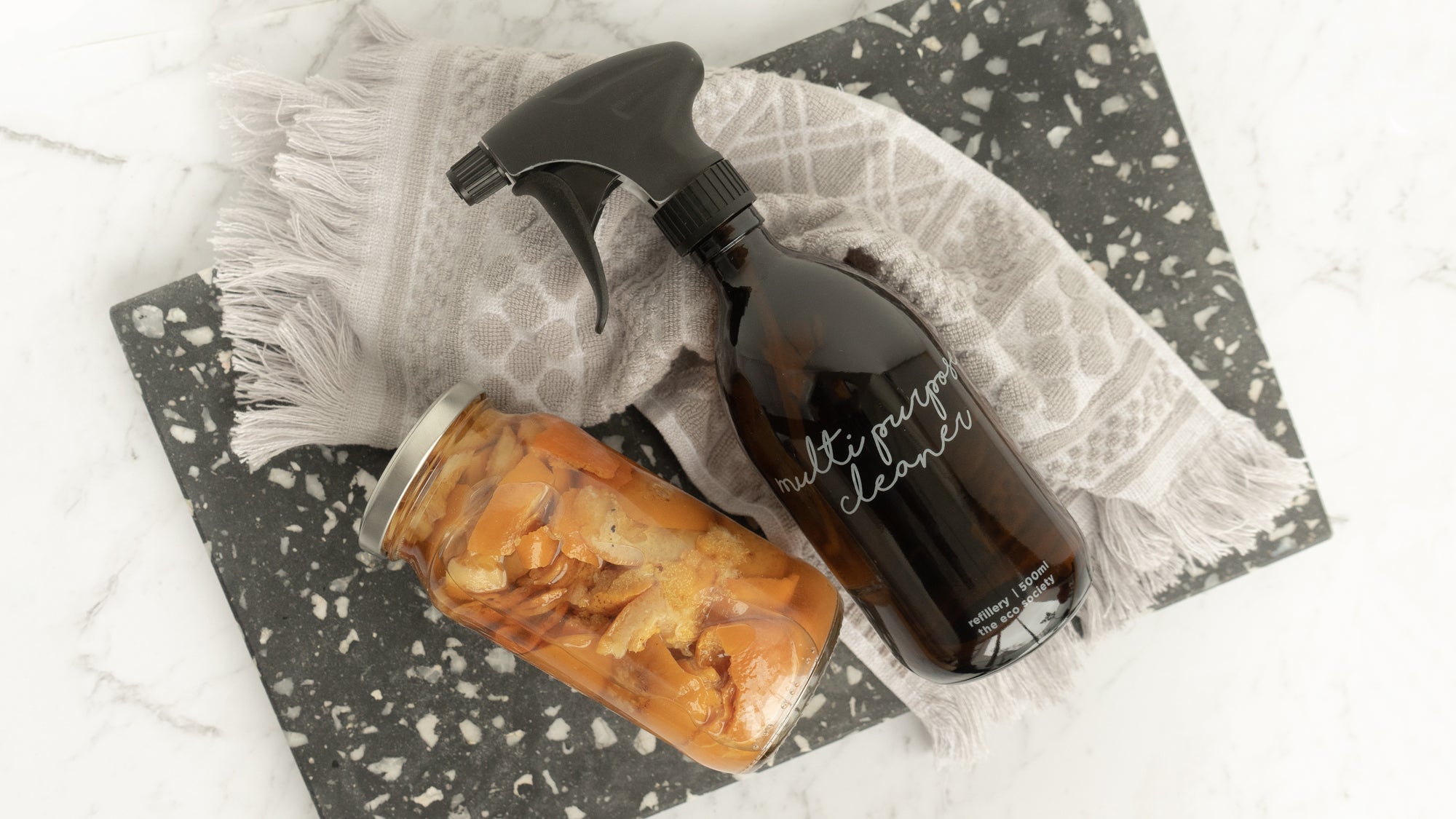Zero waste periods are something I’ve talked about a few times (but always from the perspectives of others, until more recently). Talking periods and reusable menstrual products is pretty normal for me nowadays, and you will often catch me talking to my friend and work colleague about this topic. Talking about periods is often seen as a taboo subject and can be a difficult discussion to have for most people. However, there is a huge movement to empower woman to take control of period talk and arm themselves with what they need to manage it.
Within this movement, we have also seen an increase in conversations around resalable menstrual products, which is great because they are more cost effective, healthier for your body and the planet.
In this three-part blog series, I am going to talk about how to have a zero waste period, including talking about why traditional sanitary products are an issue, what the alternatives are, and my own experience using zero-waste period products. I hope that this discussion helps others to be inspired and break down the stigma attached to talking periods!

Why traditional products are an issue
Traditional sanitary items or disposable sanitary products have all sort of issues, huge environmental impact, health risks and because of cost many young women avoid going to school or resort to using things like newspapers and socks.
In the last year, I have learnt about a thing called “Period Poverty”. Yes, this is a thing and it is very much a reality for many women around the world, including right here in Aotearoa. Period poverty is not having access to sanitary products due to lack of means; often because of the cost but also due to a lack of physical access to sanitary products or education on how to manage periods. Just as condoms are free at family planning and doctors clinics, women and girls around the world should have the right to access affordable or free sanitary products, products which are a necessity, not a “luxury”. I struggle to understand why sanitary products aren’t available for free to those who need them.
There is also the issue that talking about periods is seen as “Taboo”, which is frankly a very dated concept, but one that is still very prevalent in today's society. I am a woman, I get my period, I’m going to talk about it, and you should too. You should never be made to feel ashamed or silenced, this is part of who we are and what makes us a woman.
There has also been some recent attention in the media on the potential for traditional sanitary products to be toxic to your health by way of the many different chemicals used during the manufacturing process. While I found conflicting evidence on the topic during my research, due to the lack of regulations governing what information manufacturers have to disclose on their packaging around the chemicals used, I prefer to err on the side of caution. And, if you ask me, the idea of putting something in my vagina that has gone through a bleaching process is not something I feel comfortable with, especially considering the average woman can use 2640 pads and tampons in 10 years.

Photo by Erol Ahmed on Unsplash
On top of all this, there is, of course, the environmental issue. The average woman uses anywhere between 9,600 to 11,000 tampons or pads in their lifetime. In the US alone 12 billion pads and 7 million tampons pollute landfills annually. That’s a lot of waste heading to landfill each year and making its way into our environment. Traditional sanitary products are made with chemicals and plastics including tampon applicators, the packaging and tampons and pads themselves, all contributing to plastic pollution and greenhouse gas.
Not to mention the cost of these items. Women spend approximately $20 a month (give or take) on tampons and pads, and over the course of our lifetime (apparently about 450 periods!) this can cost in the order of $9,000 (NZD) – all of this on disposable products which go to waste.
This table from OrganiCup puts the waste of using a more sustainable option into perspective… and also helps explain the cost difference. Recently I brought myself a menstrual cup from My Cup, which cost me $51 including shipping ($45 just for the cup) which I can reuse for 10 years. If I was to spend $20 a month on disposable sanitary items, 12 times a year for 10 years I would spend $2,500. That is a HUGE cost difference.

Image from OrganiCup Blog post “Powerful Environmental Reasons To Switch To A Menstrual Cup”
Zero Waste Period Serries
- Part 2: Sustainable Alternatives
- Part 3: My personal experience





